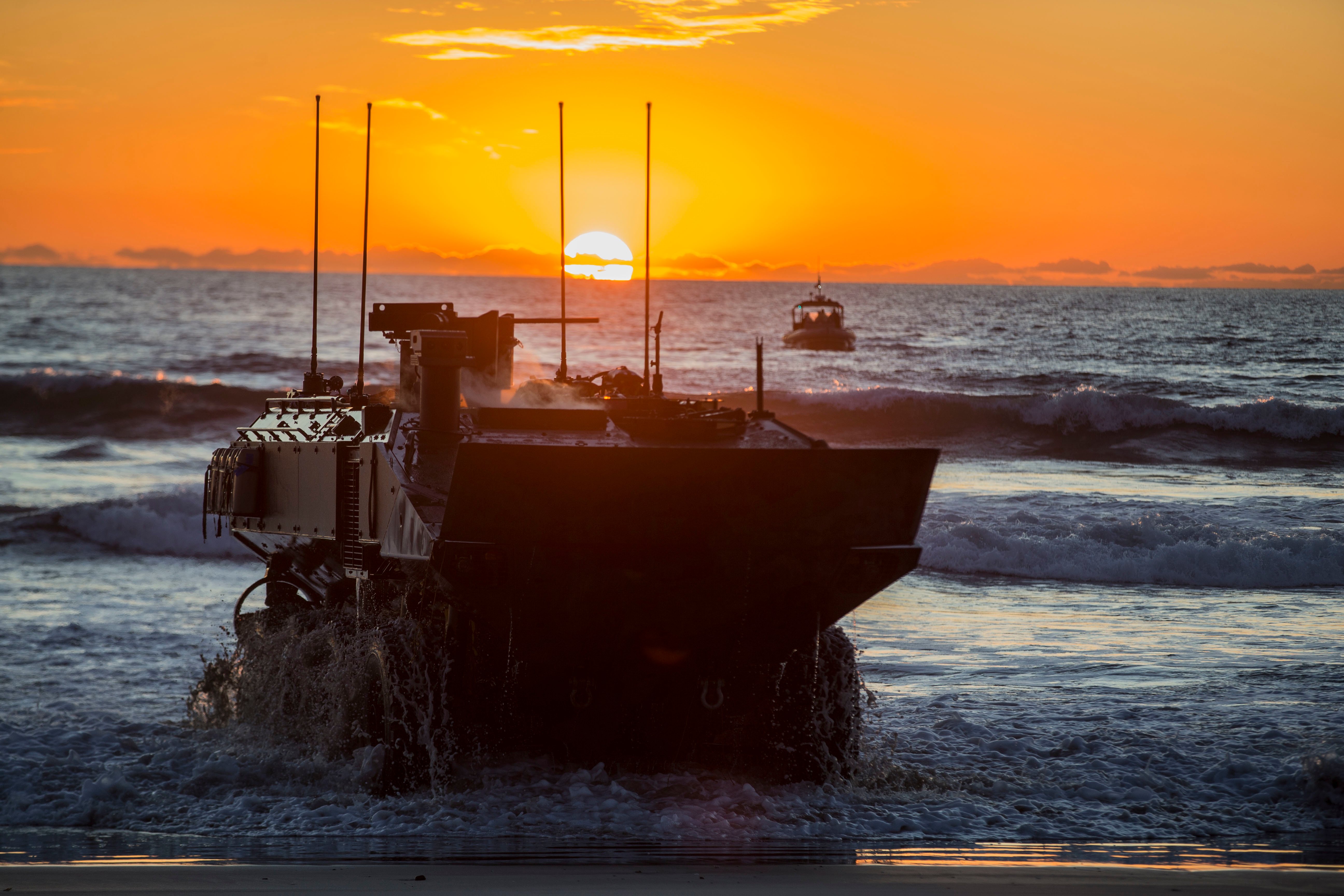
Report to Congress on Marine Corps Amphibious Combat Vehicle
The following is the July 23, 2020 Congressional Research Service report, Marine Corps Amphibious Combat Vehicle (ACV): Background and Issues…
Copyright 2024 U.S. Naval Institute. All Rights Reserved.